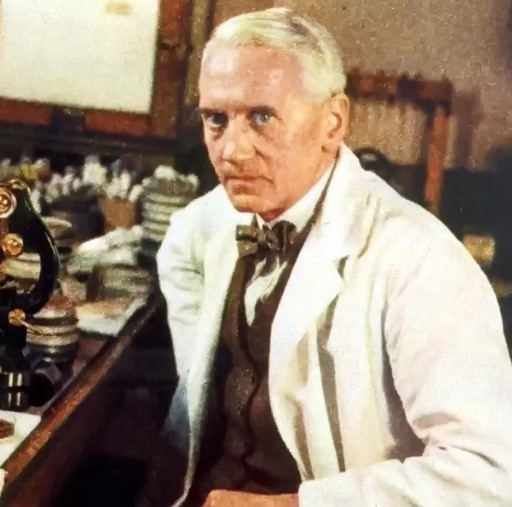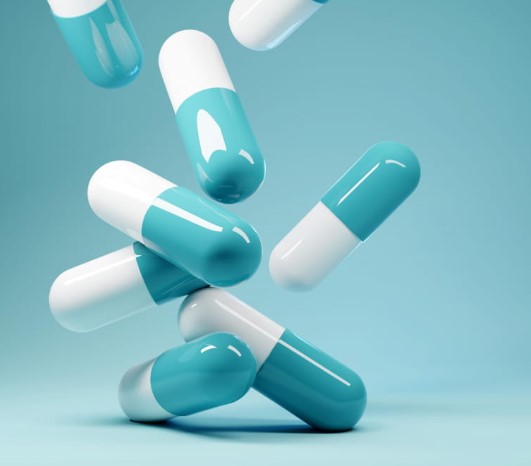Antibiotics, history of discovery...

Photo is illustrative in nature. From open sources.
Antibiotics are one of the most important discoveries in the history of medicine. They allow you to fight infectious diseases that were fatal in the past. But who invented antibiotics?
The history of antibiotics begins in 1928. This year, the British bacteriologist Alexander Fleming noticed that a mold had appeared on a Petri disk on which a culture of staphylococcus bacteria had been grown. Fleming found that the bacteria did not grow around the mold, but instead died.
This case became the starting point for further research. Fleming and his colleagues studied the properties of the mold and found that it contains a substance that has an antimicrobial effect on bacteria. This substance was named penicillin.
However, the first experiments with penicillin were not very successful. The substance was unstable and could not retain its properties for a long time. In addition, it was not possible to produce penicillin in large quantities.
The situation changed in the 1940s, when a scientific team led by Ernst Cheyne from Switzerland developed a method for the production of penicillin on an industrial scale. Since then, antibiotics have become widely used in medicine.
Since then, many different antibiotics have been discovered, each of which affects certain types of bacteria. Some antibiotics are still widely used today, such as penicillin and tetracycline.
However, it must be understood that due to the misuse of antibiotics, bacteria can develop resistance to them. Therefore, it is very important to use antibiotics only when prescribed by a doctor and follow the instructions for their use.
As a result, the invention of antibiotics is one of the most significant achievements in medicine. Thanks to this discovery, millions of people around the world can receive effective treatment for infectious diseases.
Read together with it:
- Antibiotics in milk: the problem and ways to solve itMilk is a staple food that is widely used by people around the world. However, despite its benefits and popularity, there are concerns about the presence of antibiotics in milk. This is because some farmers may useantibiotics for the treatment of animals or the prevention of diseases, which may resu...
- I can't forget my catI am 13 years old and my cat died about a year ago. She lived with me for almost 7 years. For me, she became more than just a pet. I didn't feel lonely with her. I love her madly.But last spring she left this world. The thing is, on the weekend two days before she died, we went to the vet to get her...
- Antibiotic tests pioneerTests forAntibiotics are an important tool in medicine for determining the sensitivity of bacteria to various antibiotics. A Pioneer in this field is a technique developed in the 1950s that can quickly and efficiently determine the effectiveness of antibiotics against specific microorganisms. In thi...
- My husband's attitude made me depressedI have been depressed for the last 2 years. I am 36 years old,married for 11 years, two children - 8 years and 4 years old. I haven’t worked for 8 years, I stay at home with the children.When the eldestI sent my daughter to kindergarten, she began to constantly get sick, after 7 months she was still...
- Green snot... When should you take antibiotics?Green snot is one of the symptoms that can accompany a cold or flu. Often people turn to antibiotics to get rid of green snot, but this may not be the right approach to treatment. Antibiotics are not a universal cure for all types of infections. They are only effective against bacterial infections, ...
- Antibiotics in buckwheat: myth or reality?Buckwheat is one of the most popular grain crops in Russia and other countries. Its high nutritional value and availability make it a favorite for many people. But is there a connection between buckwheat and antibiotics? There are many myths about what buckwheat containsantibiotics . However, scient...
- Antibiotics in fish: myth or reality?Fish is one of the most popular food all over the world. It is rich in proteins, vitamins and minerals, and also contains essential fatty acids, which are essential for human health. However, there is an opinion thatfish may containantibiotics , which are used in industrial fisheries to treat fish d...
- Antibiotics in flounder, myth or reality?The flounder isfish , which is very popular in many countries of the world. However, the use of flounder can lead to dangerous consequences, since this fish may containantibiotics . In this article, we will talk about 10 reasons why you should give up flounder. 1. Flounder may contain antibiotics. T...
- CefacetrilCefacetril is an antibiotic that belongs to the class of third-generation cephalosporins. It is used to treat various infections caused by bacteria, including pneumonia, sepsis, urinary tract infections, and skin infections. The action of cefacetril is based on its ability to destroy the cell walls ...
- CeftiofurCeftiofur is an antibiotic that belongs to the fourth generation cephalosporin class. It is widely used to treat infections caused by bacteria that are sensitive to this drug. Ceftiofur is highly active against gram-negative bacteria such as E. coli, Klebsiella, Proteus and Pseudomonas. It is also e...

